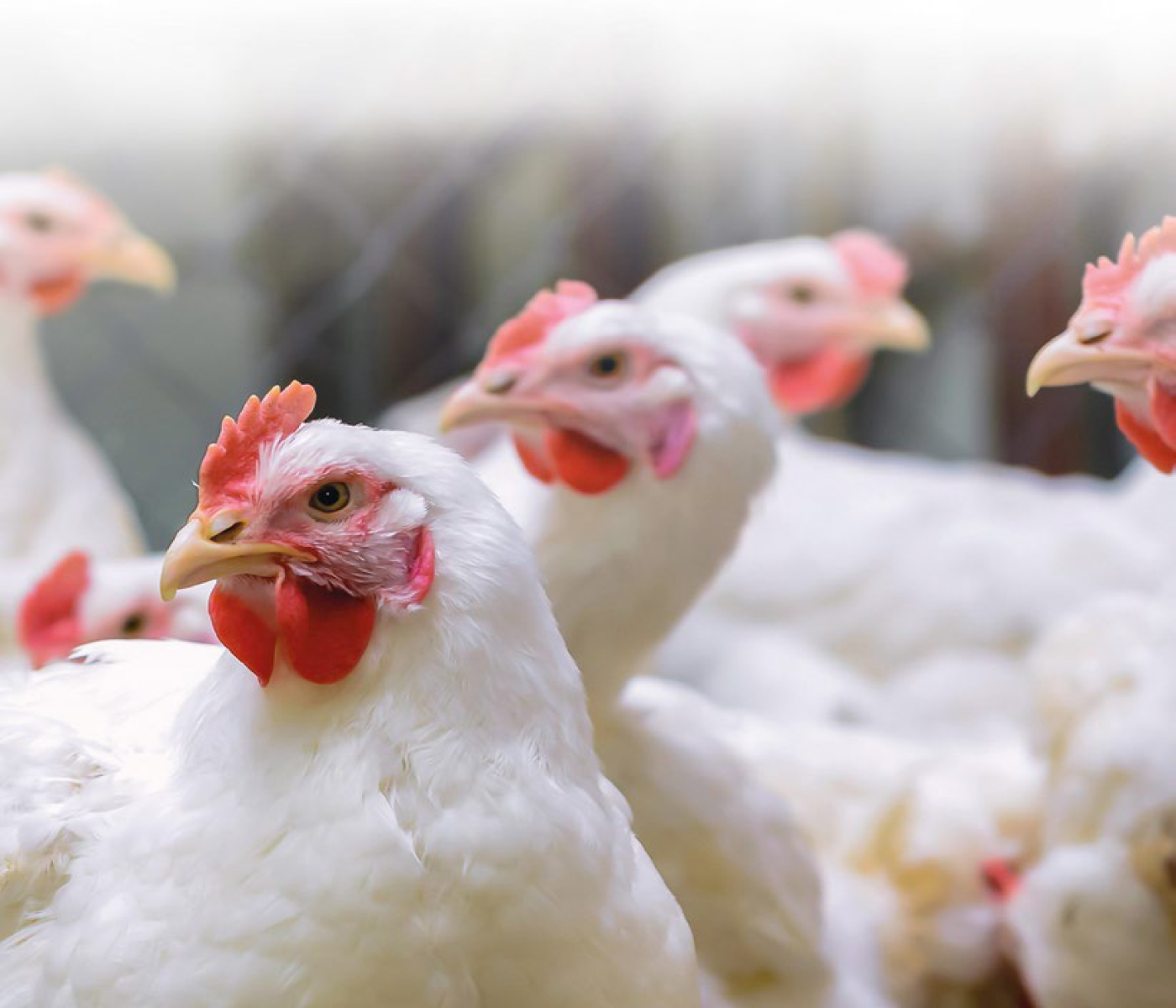Feed additives and their relationship with fatty acid profiles in poultry.
Broiler production overview
The use of antibiotics as growth promoters in animal production has been the subject of numerous discussions for the past decade or more. On account of rising antimicrobial resistance, which is a major public health problem at a global scale. Under such a scenario the use of natural feed additives as antioxidants in poultry, represents a good alternative for the improvement of fatty acid profiles in chickens.
The European Union banned the use of antimicrobial growth promoters in 2006. Following this trend, Brazilian authorities established a partial ban on some of these drugs in 2018 and 2020.
Even under the context of AGP use during the ’70s, researchers already claimed that chicken meat was more prone to lipid oxidation compared to other meats (Gene and Pearson, 1979), affecting its nutritional and sensory qualities.
Seeking to mitigate the effects of this oxidation process, the animal feed industry has added synthetic antioxidants in rations, aiming to achieve nutraceutical effects and prolong the shelf life of meat products(Castañeda et al., 2005).
There are reports of carcinogenic effects associated with the use of synthetic antioxidants in humans. That is why since the 90s research has been carried out to evaluate natural antioxidants and their potential for replacing synthetic ones(Chen et al., 1992).
Relationship between feed additives and poultry meat
Natural antioxidants are generally regarded as safe, thus being an alternative to synthetic antioxidants (Hang et al. , 2018).
Daneshyar et al. (2011) verified a lower amount of saturated fatty acids (SFA)when supplying turmeric in broiler diets. This lower concentrations were mainly seen for palmitic acid and C18:1 n-7 (monounsaturated fatty acids – MUFAs) in the flesh of the thighs. This can be explained by a reduction in de novo synthesis of fatty acids within the liver.
When adding curcumin to the diet of broilers, Hang et al. ( 2018) observed higher ratios of linoleic acid (C18:2n-6) and omega-six total polyunsaturated fatty acids (PUFAs). This resulted in an accumulation of linoleic acid in breast meat. In addition, they observed no changes in omega-3 fatty acids such as eicosapentaenoic acid (EPA) and docosahexaenoic acid (DHA), during three months of storage, which is beneficial, and evidences a protective effect of curcumin...












